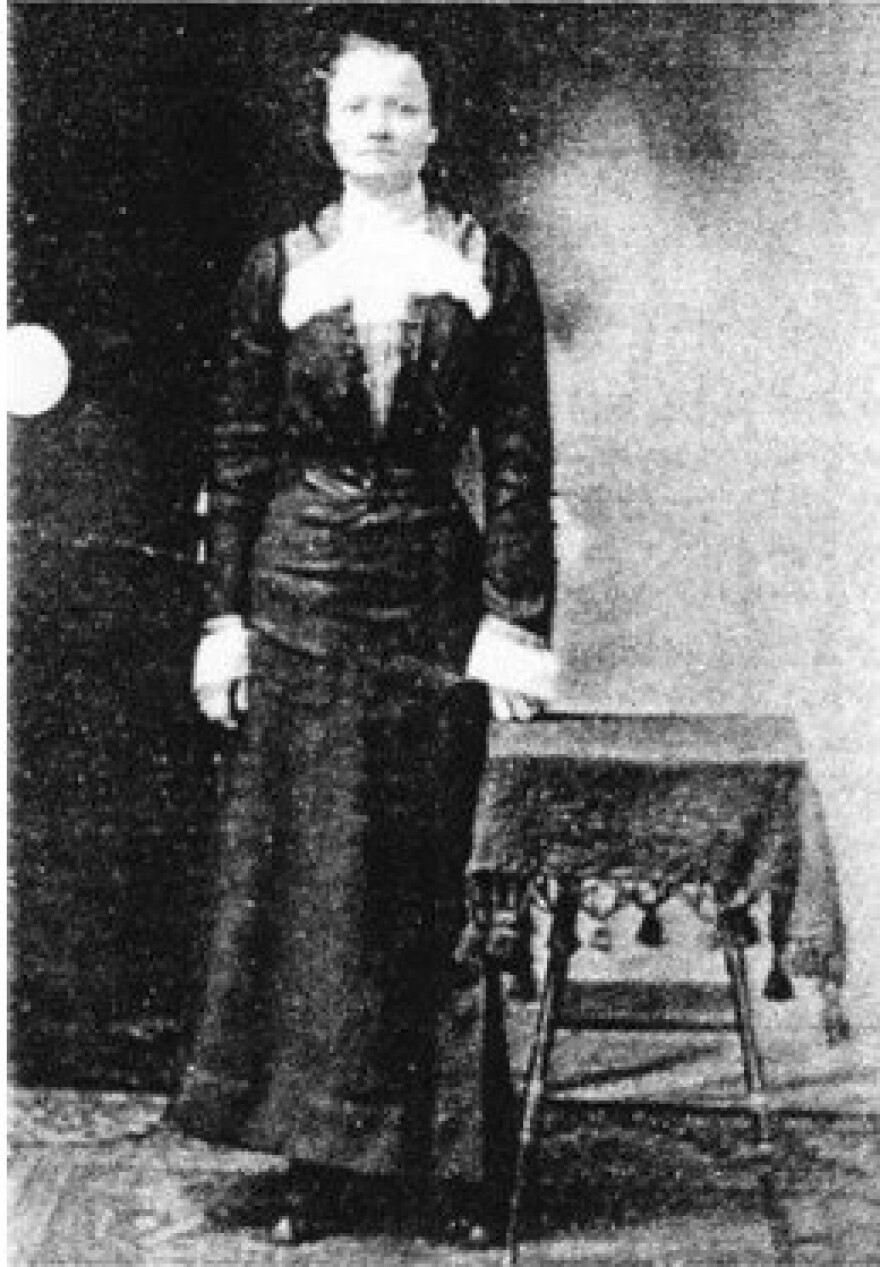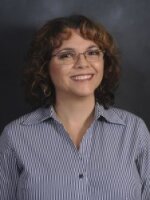The University of West Florida Archaeology Institute is leading a team of archaeology students back in the field this week to continue their search for Fort Kirkland north of Crestview. The story of Caleb Kirkland, who established the fortification in the 1830s, is a uniquely personal one for Dan Helms. The Chief of the Santa Rosa Band of the Lower Muscogee can trace his roots back to the Kirkland family.
Support Local Stories. Donate Here.
The first step is to establish the genealogical connection.
“My 4th great-grandmother, her name was Mary Rutha Kirkland, and her married name was Ward. She was married to David 'Bud' Ward, who was also known as Indian David, so that was a pretty good clue right there,” said Helms, whose tribal name is “Sky Horse,” in reference to his Native ancestry.
Specifically, Mary Rutha Kirkland was Caleb Kirkland’s sister.
“The timeframe for the area that they’re looking at and the Caleb Kirkland that would have been there at that time is the son of Caleb Kirkland, Sr., and he resided up in Alabama,” Helms explained. “And Caleb Jr. and some of his other relatives had moved down into the Northwest Florida area.”
During the Second Seminole War, Caleb Kirkland, Jr., enlisted in the West Florida Militia and in 1937 joined Reuben Barrow’s company of the militia at Yellow River. Helms says evidence of the people who lived in the region can be found at the Yellow River Baptist Church, which still has records dating back to the mid-1800s.

“We actually have the secretary’s records and notes and the membership roll from the beginning of that church," said Chief Helms. "And, it reads like a who’s who of the Native American families that were in the area at that time. And that militia was comprised of some of my ancestors, and again virtually all that were in the militia were Creek Indians or of Native American descent, some were of Choctaw descent.”
Helms and members of his family believe Sarah Kirkland, wife of Caleb, Sr., was a full-blooded Choctaw.
“That would have meant that Caleb Kirkland, Jr. and my 4th great-grandmother, Mary Rutha Kirkland, were half Choctaw,” he said. “And there may have been other influences in there, because where the Kirkland’s came from, which was originally up in the South Carolina area, there were a lot of Lumhee Indians up there. There may have been some Lumhee ancestry even before the Choctaw ancestry.”
RELATED: GIS mapping helps focus UWF's search for Fort Kirkland
His 4th great-grandfather David Ward was half Creek. Caleb Kirkland, Sr., was Scottish. Helms says there was a lot of intermarrying taking place, particularly with Creeks, including the Lower Muscogee, who were known as the “friendly Creeks.”
“They had been living for a hundred or more years with the Europeans and living in harmony, and when the European men came over, they didn’t generally bring any European women, because they didn’t want to come, so the only women that were available were the native women,” he said of the practice at that time. “So they would marry for various reasons, for companionship — I’m gonna go with No. 1— and also to form alliances with the tribes and the towns. Forming these alliances because most of these folks, the majority of them, were Scottish. They were Scottish traders, and they would open up trading posts throughout the Indian country.”
Some members of the Kirkland family found their way to Northwest Florida during a very tumultuous and violent time in history, in the years following Spain’s 1821 transfer of the territory to the United States. During this period, many Native Americans, known as “Red Sticks,” fought against the U.S. government’s effort to take their ancestral lands through policies like the Indian Removal Act of 1830.

“This was a time they were trying to annihilate the Indian population and they either wanted them gone, deported to west of the Mississippi or killed or just however they needed to do to get them off the land so they could take possession of the land that they would either sell off or give as favors to people certain amounts of property,” he said of the period.
Helms says the way many of his ancestors dealt with the upheaval in the region over the years would qualify them as “border jumpers,” who fled the American encroachment south into Indian Territory and left their land in Dale, Coffee, and Henry counties in Alabama to get to safety when needed.
“When the heat would get on from the soldiers and militia trying to round up the Indians, they would come and jump the border and come down and live in Florida to get away from the US soldiers,” he began, noting that they wound return to the homeland up in Alabama when things cooled off.
After the Northwest Florida homestead or fort established by Caleb Kirkland, Jr. was burned down in the conflict with the Red Sticks, he would eventually settle back in Henry County, Alabama. However, Helms says several families established roots here in Northwest Florida and didn’t go back.
But he adds there was a big price to pay for staying, because Florida doubled down and enacted its own Indian Removal Act in 1853.
RELATED: The search for Okaloosa’s lost Fort Kirkland moves into the field
“Which made it illegal to be an Indian in the state of Florida unless you gave up your tribal identity, your native identity, you gave up your ceremonies, gave up your tradition, gave up your language, and either assimilated into either the white society, if your skin tone was lighter, or the Mulatto or Black society, depending on the darkness of your skin tone,” he explained.
In short, the Indians here were forced to suppress their native identity and embrace their European or American identity.
“So that was a time that they actually tried to hide in plain sight and blend in, and one of the first things they did to blend in was to cut their hair,” he said.
As a tribute to his ancestors who had to cut their hair to hide their identity, Helms proudly chooses to grow his hair longer to let people know his identity. But, he understands the things his ancestors had to do to find their place in society and to survive, which he suspects is what Caleb Kirkland, Jr. was doing in taking sides with the U.S. government and playing by their rules.
“I can easily see how they would have just gone right along with it and done what they had to do to preserve the integrity of their family, and protect their family, and their children,” he said.
While the fortification established by Kirkland could soon be discovered, Helms says he’s most excited about finding the land his ancestors were once tied to.
“And I would love to be able to just walk and stand and just feel the energy and just stand barefoot on the land that my ancestors were living on back in that time. And just feel that in my soul.”


